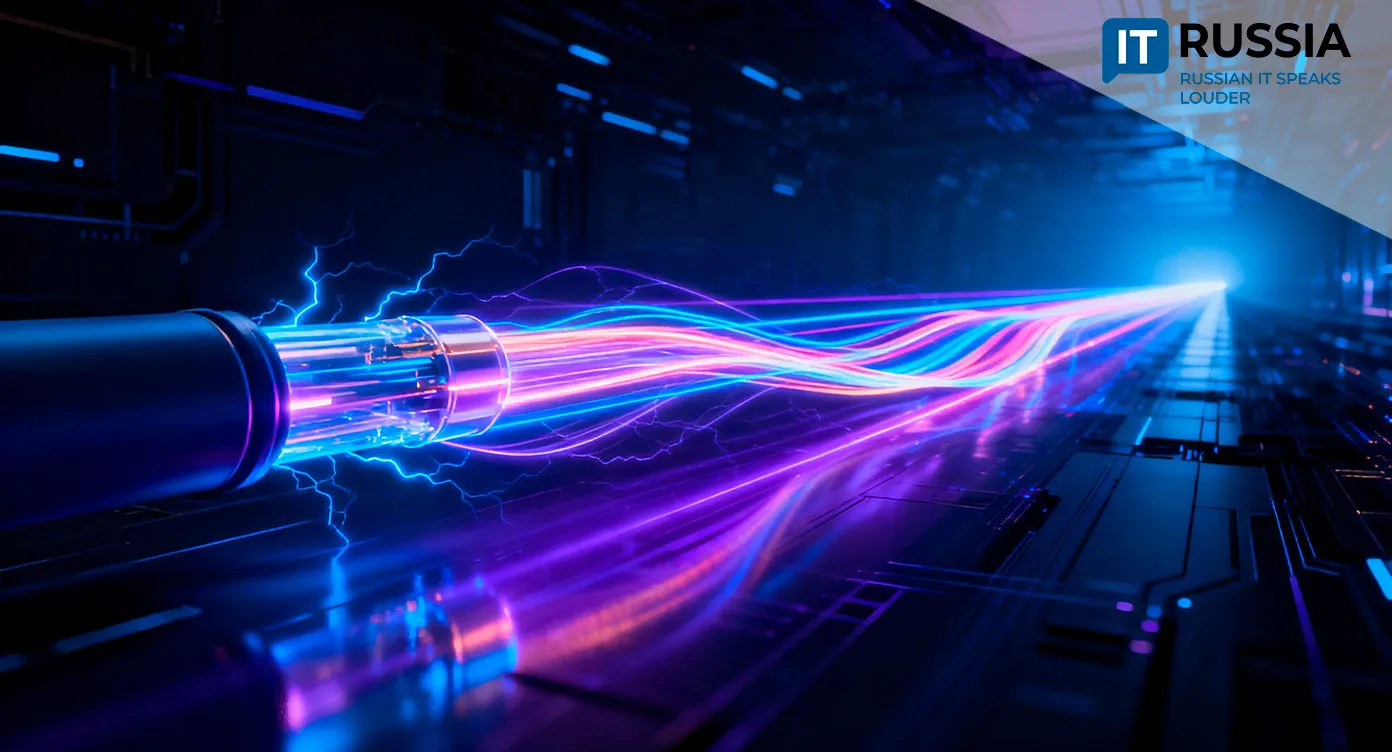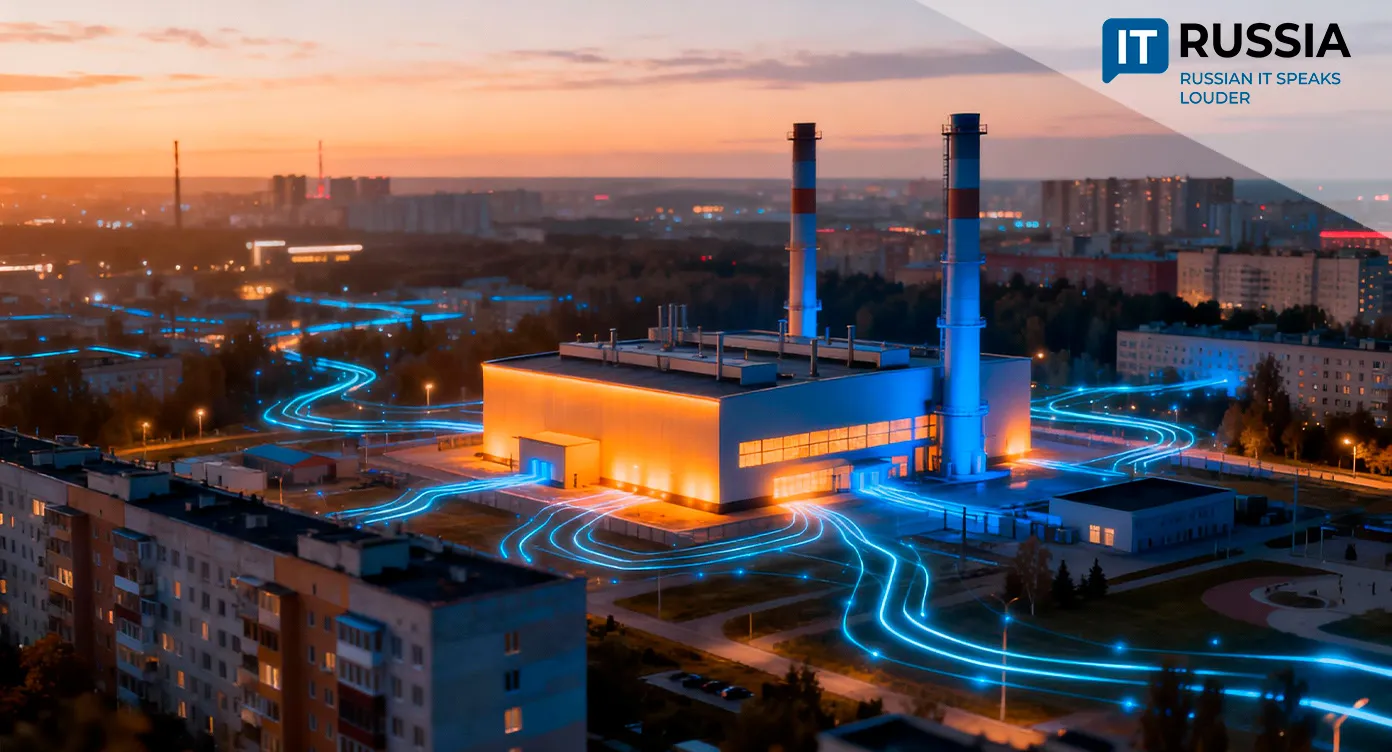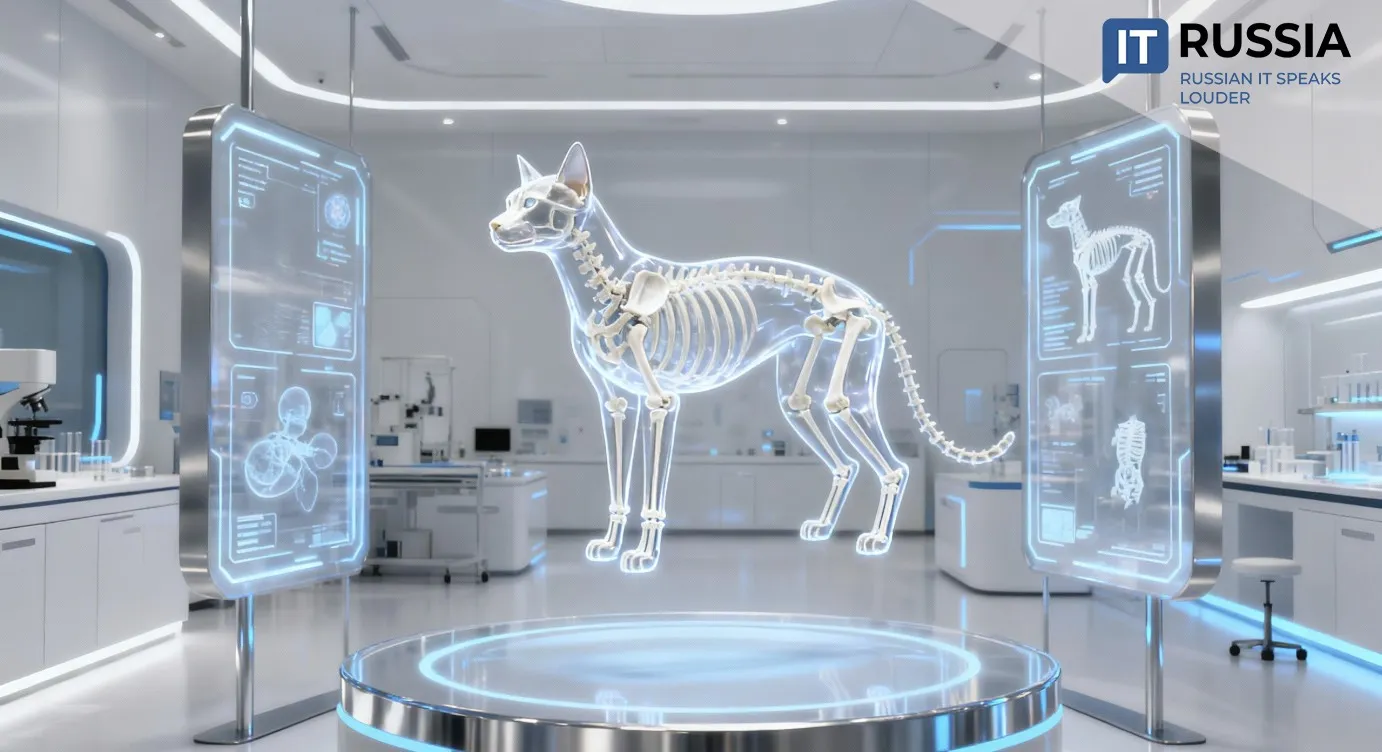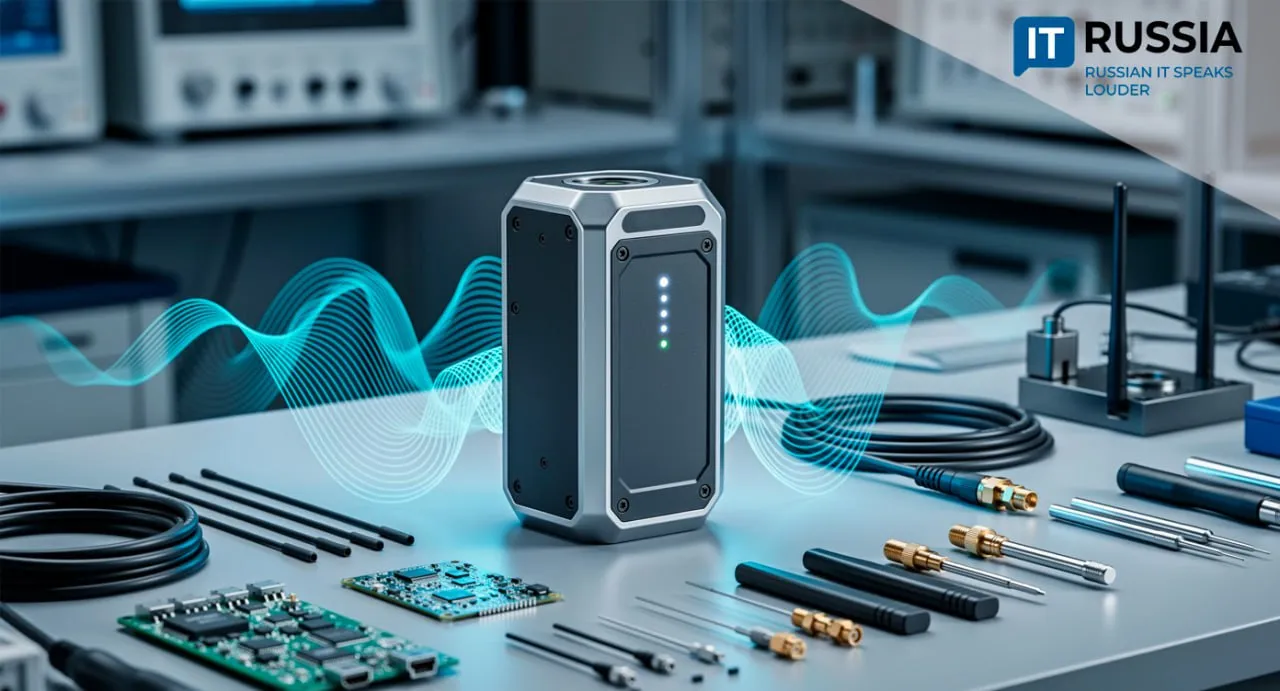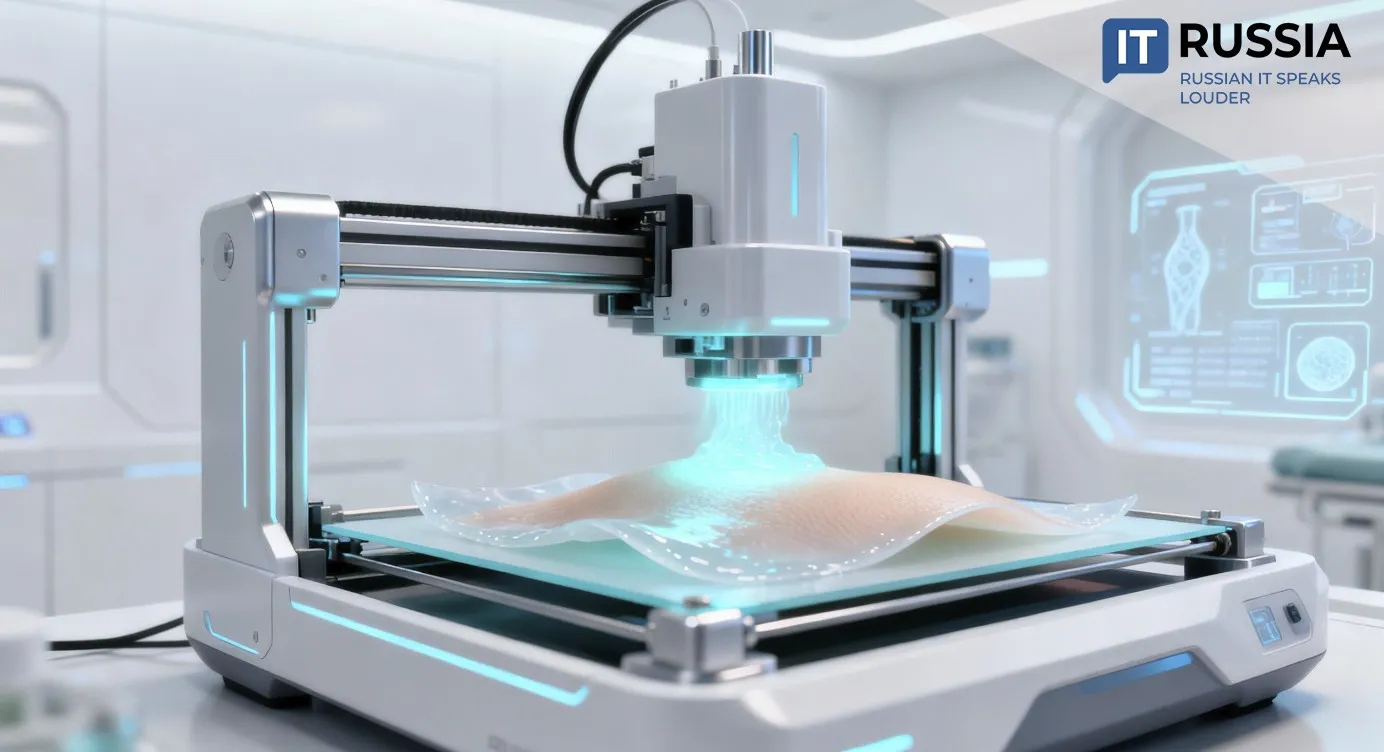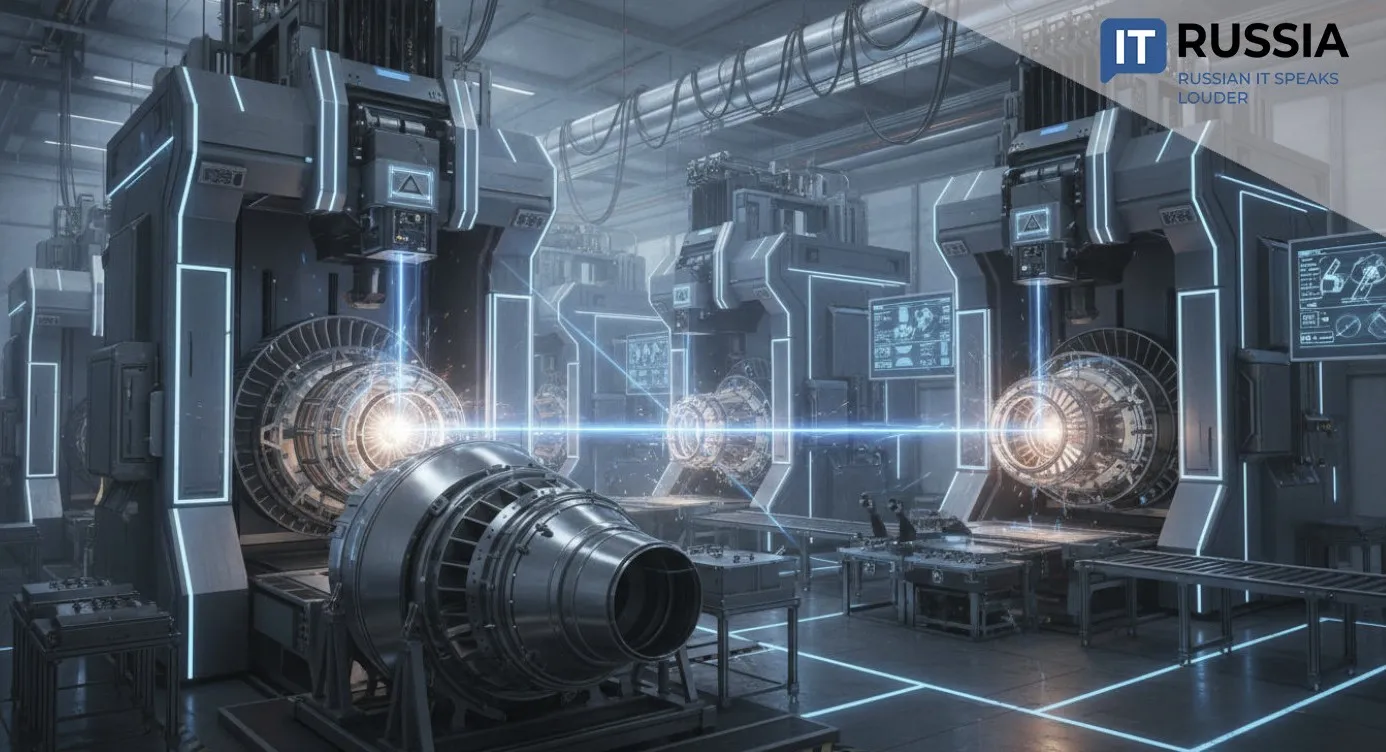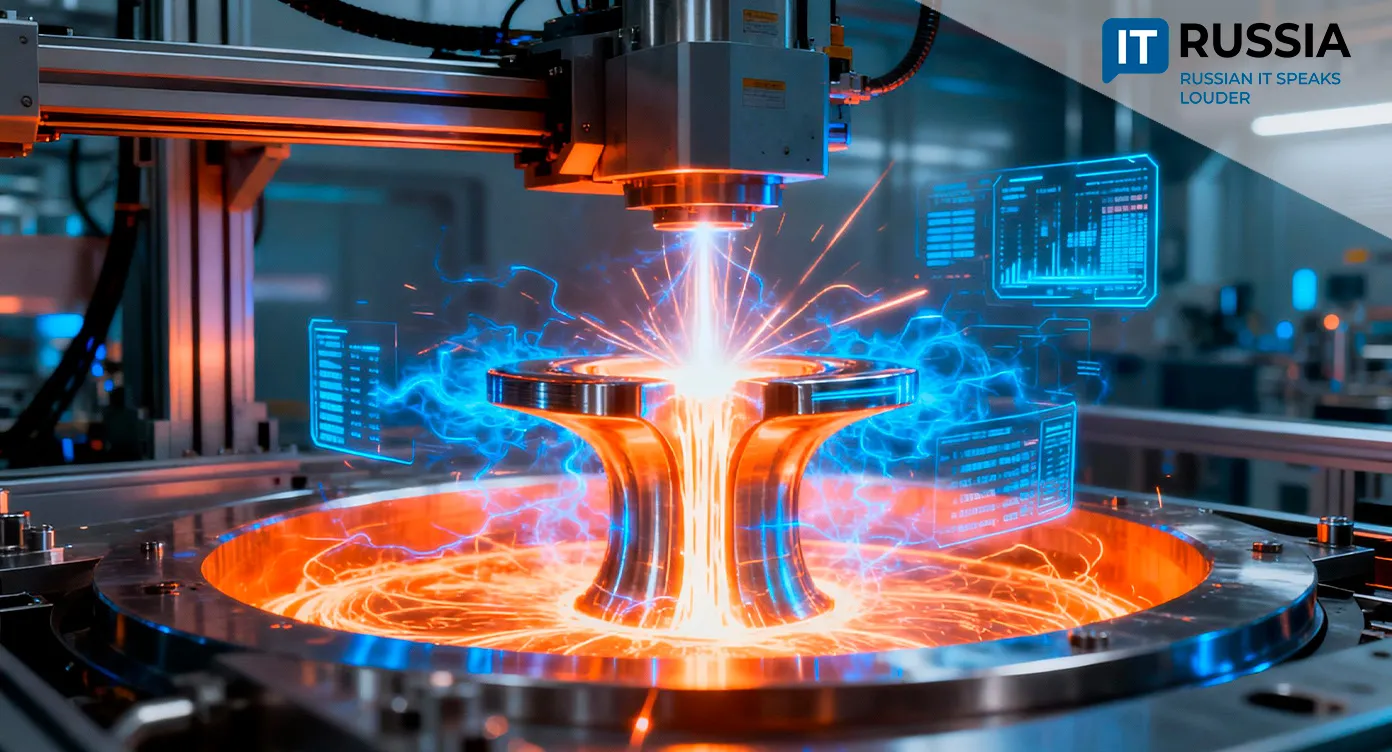Breakthrough by Russian Scientists: A Step Toward Hybrid Quantum Systems
Russian researchers have developed an efficient method for integrating quantum and classical processors — a critical advance that could pave the way for more stable and scalable hybrid quantum computing architectures.

Engineering at the Edge of the Possible
Scientists from NUST MISIS, Lomonosov Moscow State University, the Russian Quantum Center, and the Quantum Nanofabrication Center (SP “Kvanta”) have announced an innovative “flip-chip” model for integrating quantum and classical microcircuits. The approach provides a robust connection between superconducting quantum elements and classical control electronics operating under cryogenic conditions.
The new solution addresses a long-standing engineering challenge in quantum computing — how to control qubits with conventional chips that are not designed to operate at ultra-low temperatures. Traditional electronics, the kind used in computers and smartphones, perform poorly near absolute zero: they generate noise, lose stability, and quickly degrade.

To solve this, the Russian team engineered a special multilayer interface using three metals: indium, titanium, and platinum. Indium ensures high conductivity with minimal losses at cryogenic temperatures; titanium bonds dissimilar materials and prevents structural drift; and platinum provides durability and chemical stability. As a result, the microchips maintain operational stability below 100 millikelvins — conditions typical for quantum processors.
This is more than a laboratory demonstration: it is an engineering breakthrough that could enable compact, high-performance hybrid quantum computers capable of bridging quantum and classical computation.
Strategic Importance for Russia and the World
This development represents a major contribution to Russia’s national quantum initiatives, including the “Priority 2030” program and the “Quantum Internet” project. In 2023, MISIS unveiled the country’s first 8-qubit processor, and by 2025 achieved record-breaking operation fidelity — 99.993% — on fluxonium qubits, a superconducting qubit type controlled by magnetic flux.
The newly announced interconnect technology could serve as a cornerstone for the next generation of Russian quantum systems. Globally, the innovation aligns with the ongoing trend toward hybrid quantum computing. While laboratories at Oak Ridge National Laboratory, Caltech, and across Europe and Asia are exploring similar paths, the Russian method offers a competitive edge through its use of unique materials that improve both reliability and component density.
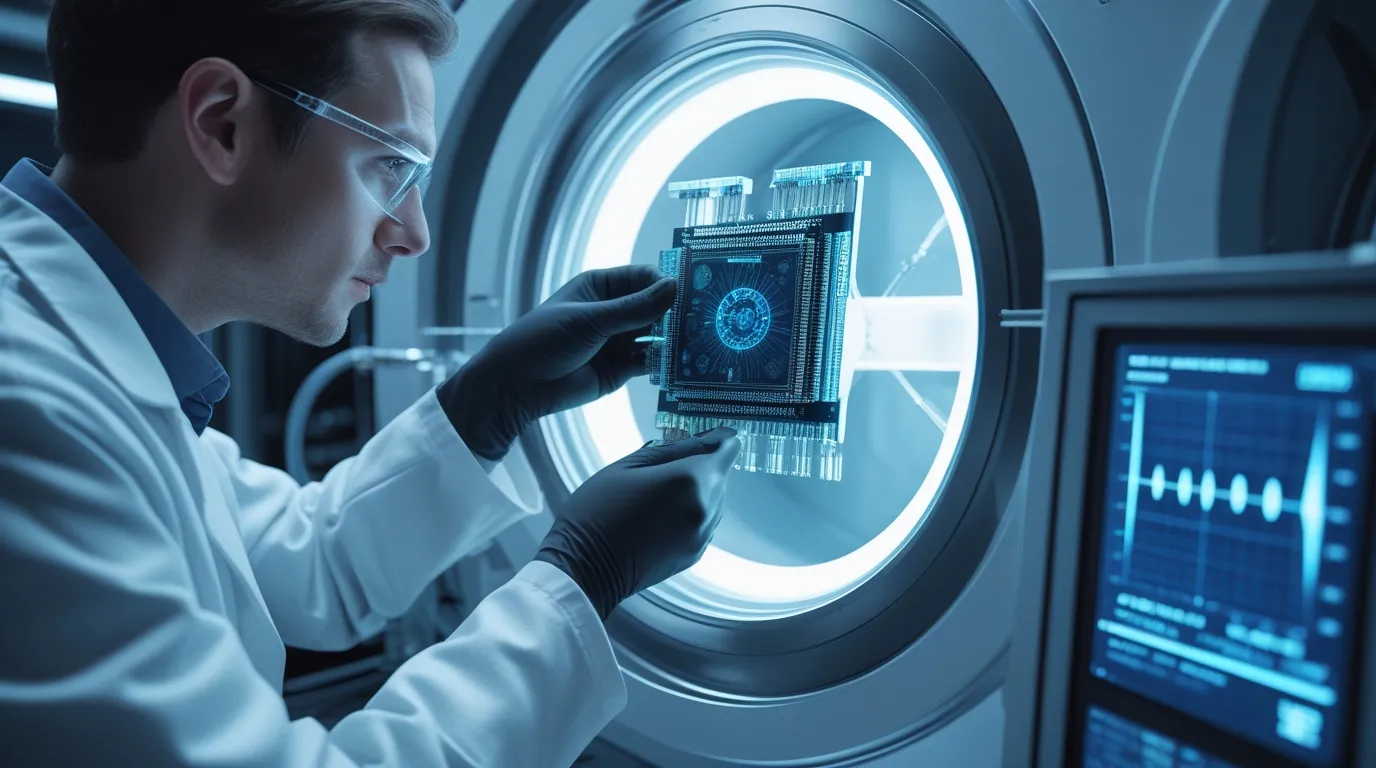
What It Means for Society
The successful implementation of this technology could accelerate computing in areas such as drug discovery, materials research, logistics, and artificial intelligence. Beyond technical progress, it represents a step toward technological sovereignty — reducing dependence on imported components and strengthening Russia’s capacity to maintain a self-sufficient quantum research ecosystem.
In the longer term, the approach could evolve into an exportable solution, supporting international quantum startups and enabling service-based integration of hybrid computing platforms.
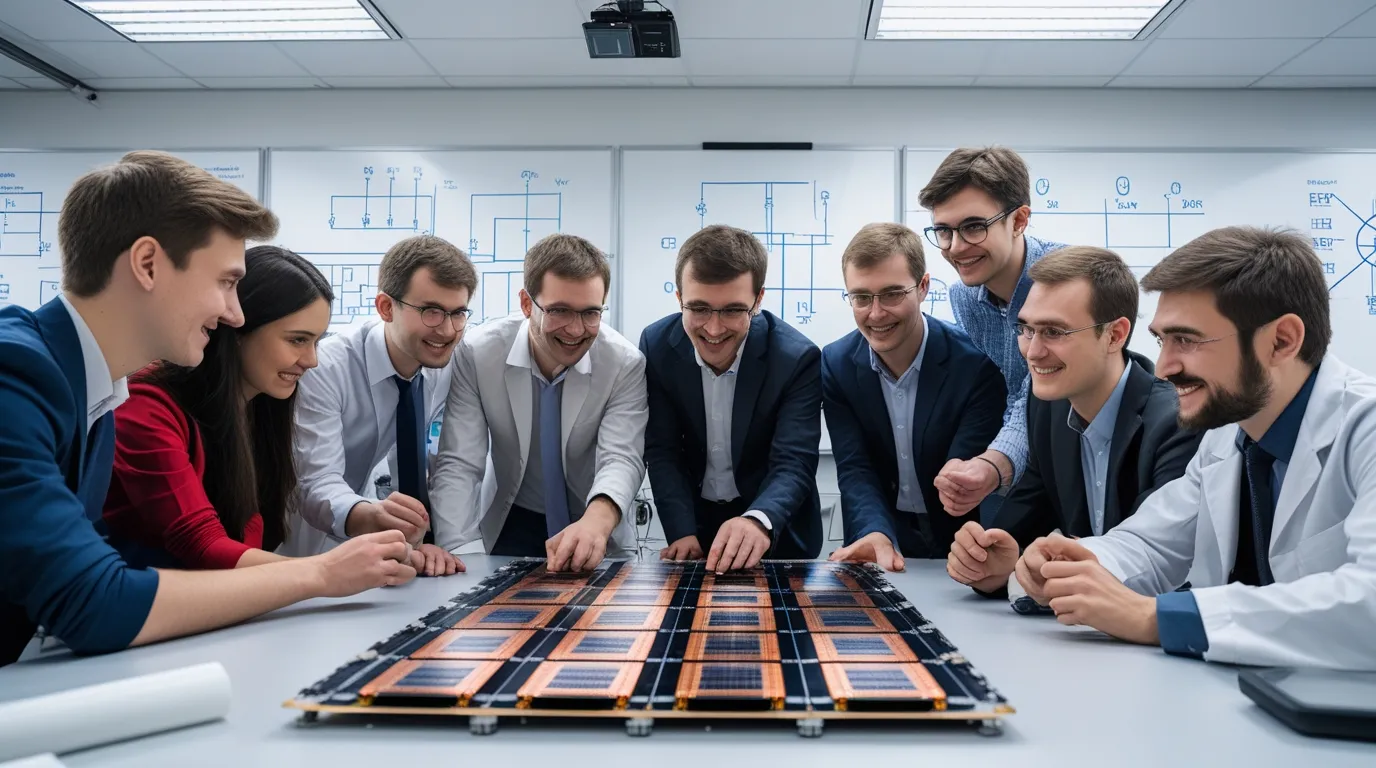
Challenges and Future Prospects
Over the next one to two years, researchers plan to validate the approach on multi-qubit arrays, testing connection reliability and resistance to thermal and electromagnetic interference. Key challenges include reproducibility in nanofabrication, controlling intermetallic diffusion, and minimizing noise.
If these tests confirm its robustness, the technology could form the basis for the first industrial-scale hybrid quantum nodes within three to five years.
The project illustrates how fundamental research can translate into practical engineering solutions with measurable economic and scientific impact. In the era of global quantum competition, such results are not just milestones — they mark the emergence of a national high-tech industry.



